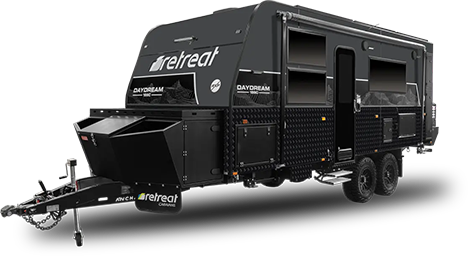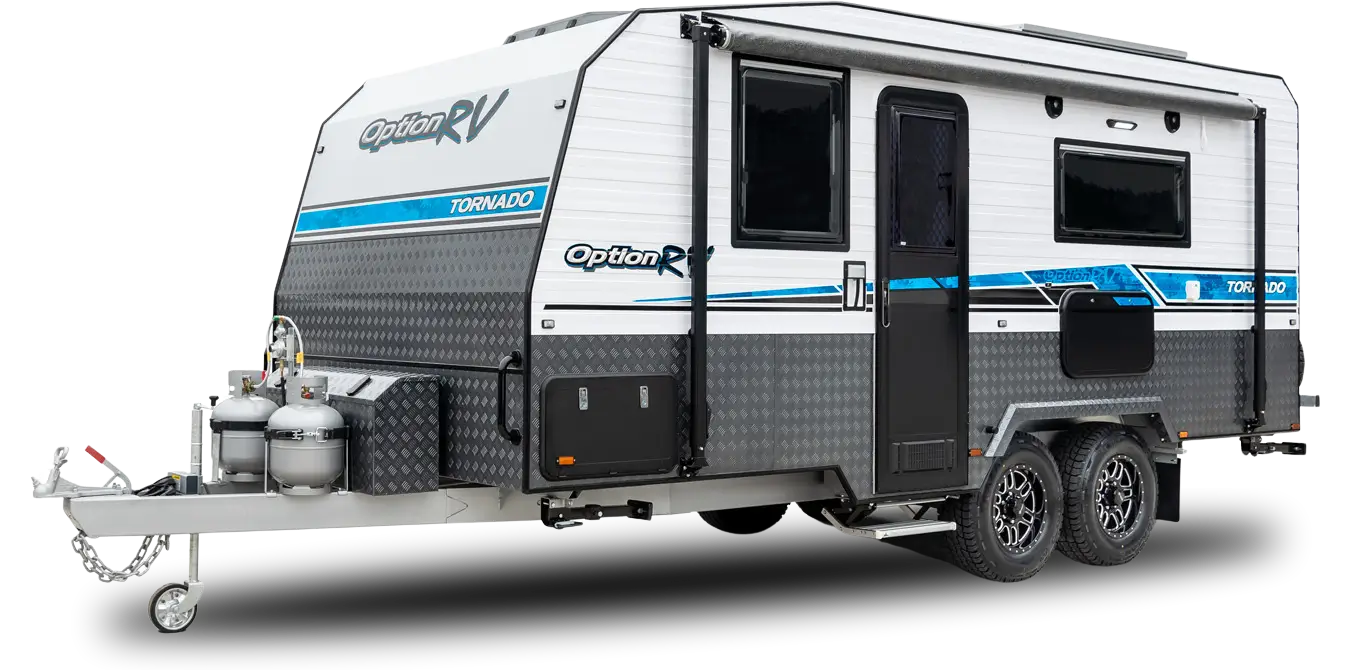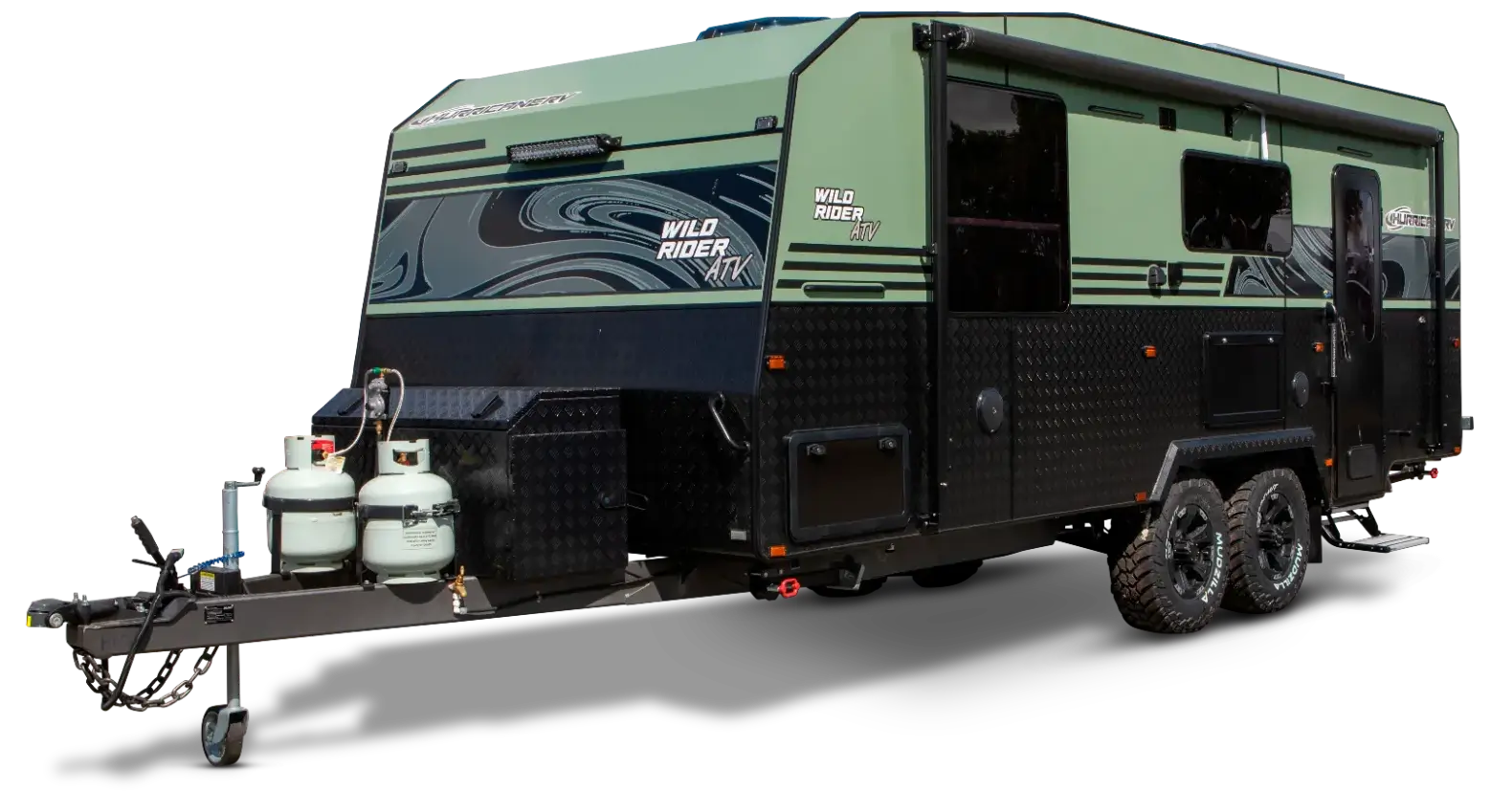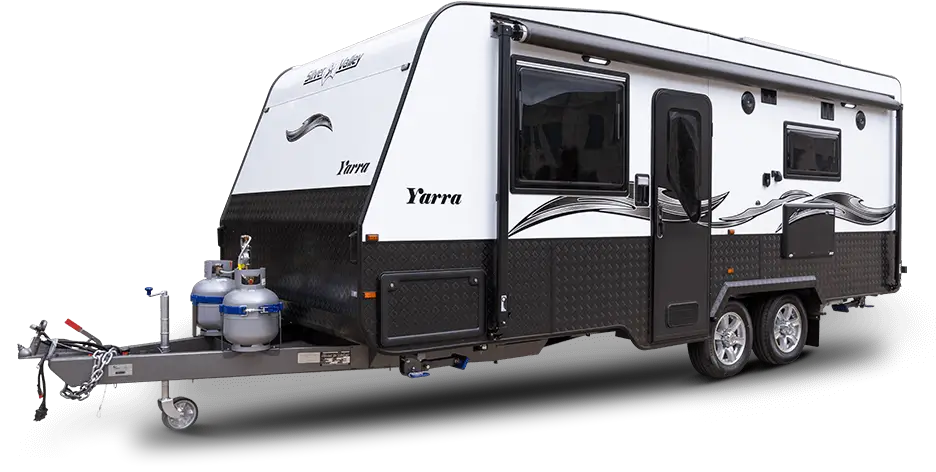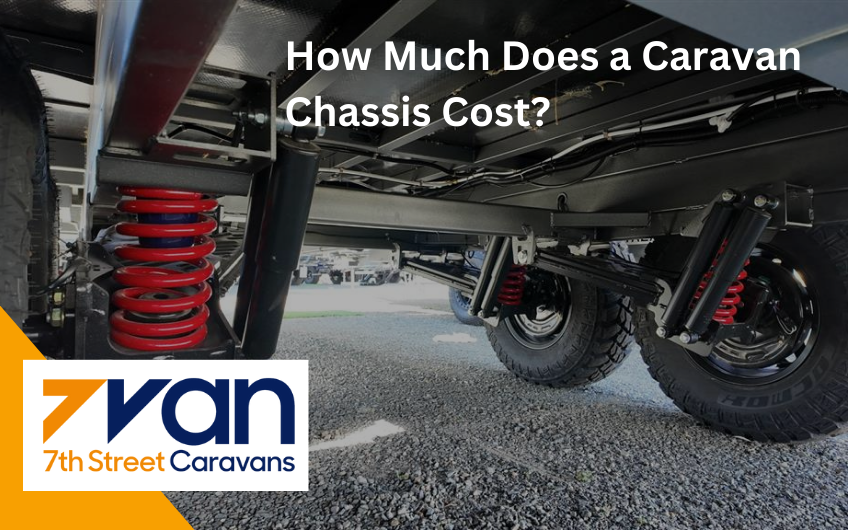
When you’re researching caravans in Heatherbrae, you’ll quickly realise that not all chassis are created equal. The chassis is the unsung hero of your van — it takes the brunt of the weight, bears the punishment of Australia’s roads, and determines how durable, towable, and customisable your entire setup will be.
But what does it actually cost?
Let’s break it down — from materials and build types to the price implications of going custom. Whether you’re replacing a chassis, upgrading for off-road adventures, or building from the ground up, knowing the real-world price range can save you from nasty surprises.
Why the Caravan Chassis Matters
Before we dive into the dollars, it’s worth understanding why the chassis matters so much. You can have the nicest cabinetry, plushest mattress, or biggest fridge — but none of it matters if your chassis fails.
The chassis affects:
- Structural integrity
- Weight distribution and balance
- Ground clearance for off-roaders
- Braking systems and suspension compatibility
- Longevity and corrosion resistance
A poorly built or mismatched chassis can lead to everything from uneven tyre wear to serious towing risks. That’s why many van owners now look beyond the base spec — opting for custom options that suit their travel plans, terrain, and load profile.
Common Types of Caravan Chassis
Here are the main types you’ll come across, each with different pricing and performance benefits:
- Box Section Steel Chassis
The most common type, built using RHS (rectangular hollow section) steel. Strong and relatively low-cost, this is what you’ll find under most standard vans. - Hot-Dipped Galvanised Chassis
Treated for corrosion resistance, these are ideal for coastal travel or humid conditions. Expect to pay more than painted steel. - Aluminium Chassis
Much lighter than steel and corrosion-resistant, but not always as strong for rougher tracks. Usually found in high-end or hybrid vans. - C-Channel or I-Beam Chassis
Less common in Australia, but used for certain tow balance preferences.
Cost-wise, each option varies significantly depending on size, weight rating, and add-ons.
Average Cost Range: New Caravan Chassis
Let’s look at the ballpark figures if you’re buying a new chassis outright or as part of a custom van build:
| Chassis Type | Average Cost (AUD) |
|---|---|
| Painted Box Steel | $4,000 – $6,500 |
| Galvanised Steel | $6,000 – $8,500 |
| Aluminium | $9,000 – $12,000 |
| Custom Off-Road Chassis | $10,000 – $16,000+ |
These costs usually include:
- Basic cross-member structure
- Axles and leaf or independent suspension
- Brake lines
- Coupling
- Jockey wheel
But they won’t include extras like water tank brackets, stone guards, or slide-out supports.
Real-World Case Study: Custom-Built Off-Road Chassis
We spoke with a couple from regional NSW who built their dream van for long-term touring. Their priorities were weight balance, ground clearance, and off-grid capacity.
They opted for:
- Dual-axle galvanised chassis
- 3.5T ATM rating
- Independent trailing arm suspension
- 6 water tank brackets
- Drawbar-mounted toolbox platform
Final chassis cost: $14,200 AUD, including design consultation, engineering sign-off, and delivery to the van builder.
Their takeaway? “It cost more up front, but we haven’t had a single issue in over 40,000km — and it handled the Gibb River Road without a creak.”
Factors That Affect Chassis Pricing
Let’s unpack what drives the price up or down:
- Material: Steel is cheaper, aluminium is lighter but pricier.
- Rating: Higher ATM or GVM ratings require stronger materials and reinforcements.
- Axle configuration: Tandem setups cost more than single axle.
- Suspension system: Independent systems cost significantly more than leaf springs.
- Customisations: Mounts, brackets, trusses, and additional cross-members all add up.
- Powder coating or galvanising: Protection against rust isn’t cheap but is often worth it.
- Labor and design: CAD design and Aussie fabrication cost more, but the quality control is higher.
DIY Vs Manufacturer-Built Chassis
You can save money by sourcing or building your own chassis, but it’s not for the faint-hearted.
DIY chassis pros:
- Potential cost savings
- Full control over design
Cons:
- Engineering sign-off required
- No warranty
- High risk of compatibility issues
- May not meet Australian Design Rules (ADR)
Most caravan owners are better off ordering through a reputable manufacturer or builder, unless they have mechanical or fabrication expertise.
Should You Re-Chassis an Existing Caravan?
In some cases — like a rusted-out frame, major collision, or heavy upgrade — you might consider replacing your existing chassis.
Expect the job to cost between $8,000–$14,000, depending on:
- Lift or tilt access
- Electrical and plumbing re-routing
- Matching the original floor and body
- Council approvals or engineering sign-off
Re-chassis projects can bring an old van back to life — but it’s not always worth it unless the body is in great nick or sentimental value is involved.
Hidden Costs to Factor In
Even when you’ve got a clear price on the chassis itself, keep in mind the following often-missed extras:
- Freight (especially for regional or interstate buyers)
- Engineering certification
- Installation labor
- Brake controller wiring
- Alignment or axle spacing
- Paint or underbody coating (if not pre-treated)
The final bill often ends up 20–30% higher than the sticker price.
Where To Source a Quality Chassis in Australia
Here are a few ways Aussies are sourcing their chassis setups:
- Through the original caravan manufacturer
- Via custom chassis specialists (like FP Chassis, Road Runner, G&S, or Trail-A-Mate)
- As part of a bespoke van build (integrated into the build price)
- Second-hand market (not recommended unless you know what you’re doing)
For those based around NSW, it’s worth having a chat with the local experts at 7th Street Caravans, who work with a variety of trusted suppliers.
FAQs
1. What’s the average cost to replace a caravan chassis?
The average cost to replace a caravan chassis ranges from $8,000 to $14,000 AUD, depending on the van’s size, axle setup, suspension system, and installation complexity. This price generally includes labour to remove the old chassis and install the new one, but it may not include engineering certification, plumbing or electrical re-routing, or any additional modifications needed to align with the existing body. For newer vans, replacing the chassis may be a cost-effective upgrade. For older ones, it might be more sensible to sell and start fresh, unless the body is in exceptional condition.
2. Are aluminium chassis better than steel for caravans?
Aluminium chassis are lighter and naturally corrosion-resistant, which makes them attractive for fuel-conscious or coastal travellers. However, steel — especially galvanised steel — is still the go-to for most Aussie vans due to its strength, lower cost, and better performance on rough outback roads. Aluminium can also be more prone to flex under heavy loads if not properly reinforced. If you plan to do lots of highway touring or coastal runs, aluminium could be a smart upgrade. But for off-road durability, a hot-dipped galvanised steel chassis usually wins out.
3. Do all custom chassis need engineering approval?
Yes, in most cases. If you’re building a custom chassis outside of a licensed caravan manufacturing process, you’ll need engineering certification to ensure it meets ADR (Australian Design Rules) and state compliance requirements. This is particularly important for insurance, registration, and resale. Even if you’re working with a chassis builder, ask if certification is included. Skipping this step could leave you in hot water down the track if you’re pulled over or involved in an incident.
4. Can I build my own caravan chassis?
Technically, yes — but it’s not a job for beginners. You’ll need precise welding skills, access to certified materials, and knowledge of engineering standards. Most DIY chassis builds still require approval by a qualified automotive engineer. Plus, matching the chassis to the body, suspension, and weight rating adds complexity. Unless you have prior experience in trailer or van construction, the better move is to buy a pre-fabricated chassis or work with a professional builder. DIY projects often end up costing more due to rework and compliance issues.
5. What’s the lifespan of a quality caravan chassis?
A well-built and properly maintained caravan chassis can last anywhere from 20 to 30 years, or even longer. Galvanised steel chassis tend to have the best longevity due to their rust resistance. Key to lifespan is regular inspection — looking for cracks, rust, loose bolts, or alignment issues. Off-road use, coastal exposure, and lack of underbody washing can shorten a chassis’ life significantly. Investing in rust protection, good suspension, and sealed joints will give you the best chance of long-term performance.
Ready To Build With Confidence?
There’s no single “right” answer when it comes to caravan chassis costs — it all depends on how, where, and why you travel. Whether you’re touring the coast or heading deep into the red dirt, your chassis is the foundation of your entire experience.
If you’re building from scratch or thinking about an upgrade, talk to someone who knows the game.
Start your journey with confidence — visit 7th Street Caravans or give our team a call on 02 4012 6009 for friendly, local advice.

